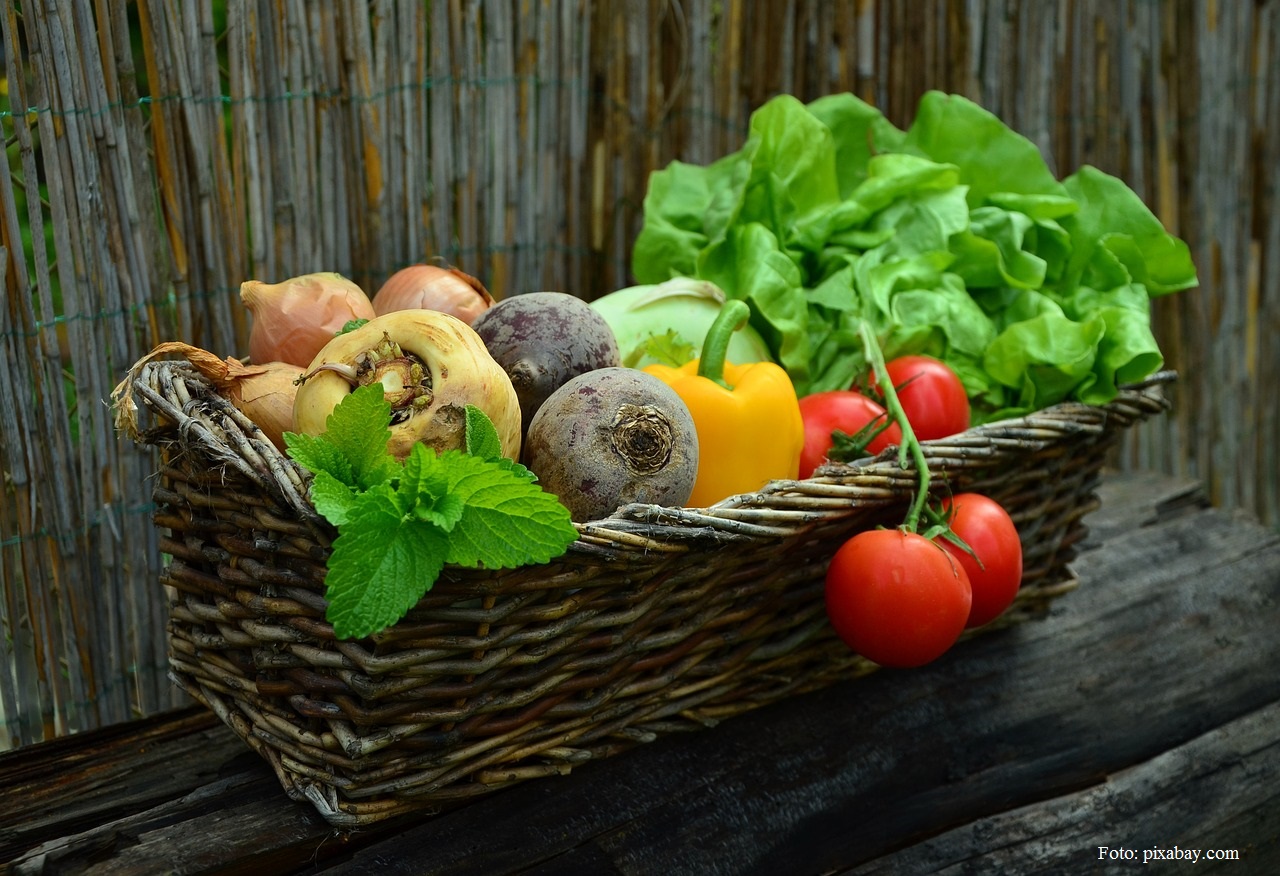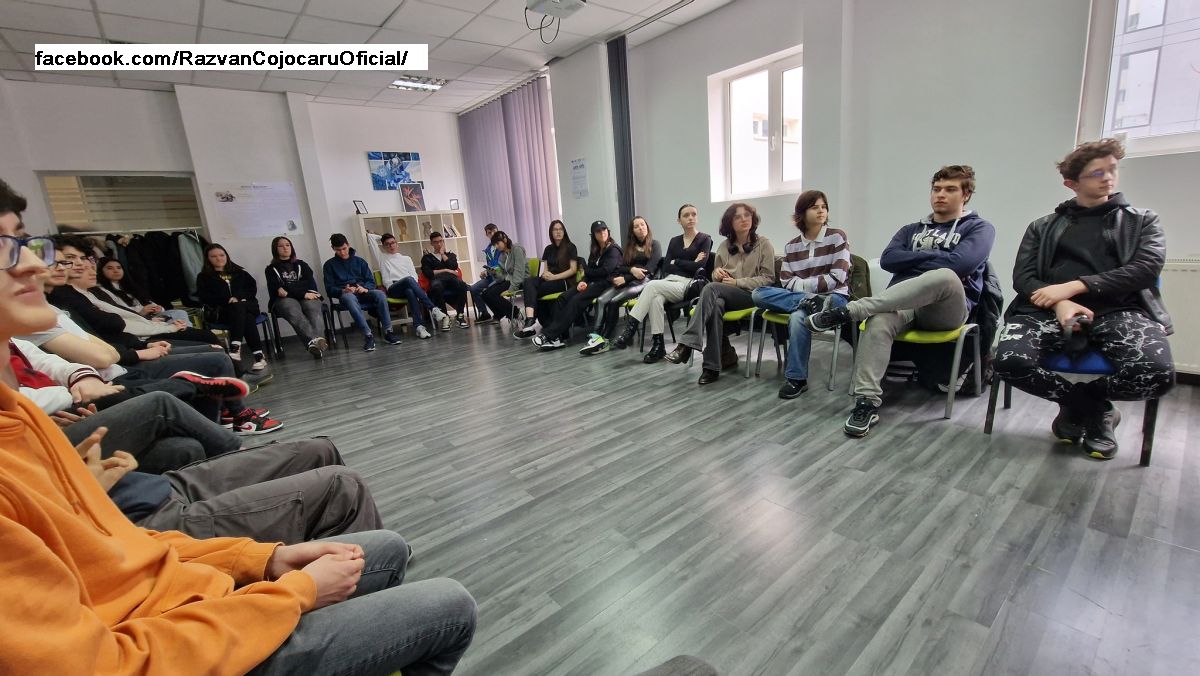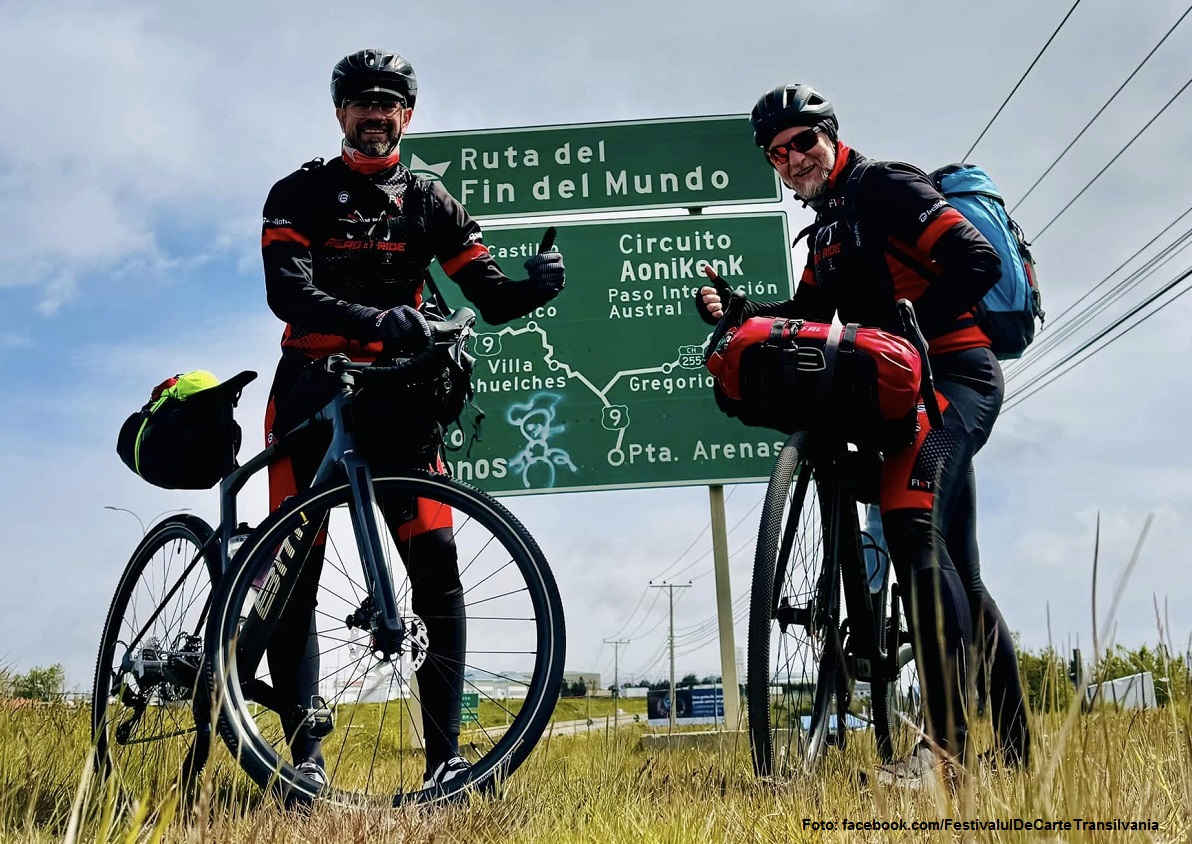Santa Claus is coming to town
Christmas traditions and customs in Romania

Ana-Maria Cononovici, 23.12.2019, 14:34
On December 6th
Christians celebrate St. Nicholas and from St. Nikolas to Santa Claus, the
Anglo-American name of Romanian Mos Craciun is only one step and a lot of
marketing activity.
In December most of Romanians are
getting ready to meet St. Nicholas and Santa Claus. If in rural Romania,
Christmas customs and traditions are rigorously kept and groups of carolers are
roaming the villages, in cities, specialized fairs and other initiatives are
completing the atmosphere of celebration and festivity characteristic to this
period of the year.
In order to find out more on these
celebration initiatives we went straight to the Romanian Peasant Museum in
Bucharest to speak to museographer Oana Otilia Constantin.
Oana Otilia Constantin: It’s
good you have come back to our St. Nicholas Fair. We have celebrated 24 years
of existence, we’ve grown up but deep inside us we remained the same children
eager to get new shoes from St. Nicholas. And for this reason we have invited a
lot of artisans from all over the country to delight us with their artifacts.
We’ve been visited by numerous children who enjoyed themselves very much here,
they were very happy to find ginger bread, pound cakes, nougat, homemade cakes,
while adults treated themselves with a shot of plum brandy, which goes very
well in cold winter days.
The city of Arad in western Romania
is also getting ready to receive visitors during these wonderful winter
holidays, as Doru Nedelea, head of the circulation department of the local
Public Transportation Company told us.
Doru Nedelea: We have a
special tram that runs every year during the winter holidays. This tradition
kicked off back in 1997 and the tram begins its journey on the eve of St.
Nicholas Day on December 5th. This year the tram has a very busy
schedule as it will be running all day long until December 29th
taking children to their destinations. The little ones love the tram as they
use it to celebrate Christmas or St. Nicholas Day, they give each other
presents, sing carols and so on. Everybody is cheerful and very happy; we have
groups coming here from all over the county. After 16 hours, it provides free
transportation to everybody, not only the children. The tram is very colourful,
brightly lit and very visible from afar!
The city of Cluj Napoca, in
north-western Romania, also has a special Christmas tram running during these
holidays since 2015. Santa Claus himself travels by this special tram adorned
with traditional Christmas ornaments between 16 and 19 hours daily, giving
sweets to the little ones who are in exchange reciting poems and singing
carols.
The city of Bistrita Nasaud in
central Romania also shares this tradition of running a Santa Claus tram. This
is a big one with a capacity of 140 seats and large spaces allowing children to
photograph themselves with Santa, sing and get involved in other traditional
activities specific to this time of the year.
In rural areas customs and
traditions are more colourful. Some of these have been accurately illustrated
by various ensembles at the Dimitrie Gusti Village Museum in Bucharest.
In the following minutes professor
Marcu Trandafir will be briefing us on a special tradition, which is being
observed in Tulcea county, eastern Romania for a month starting December 6th.
Marcu Trandafir: This is a
local tradition observed in Luncavita, Tulcea county, eastern Romania. Winter
holidays begin here on 6th of December, on St. Nicholas Day, when we
start preparing the masks we are going to use in this traditional parade, which
is being attended by many people who like to watch this unique group of
carolers. This special group is wearing masks and carrying clubs in an attempt
to chase away the evil spirits from every household.
A similar tradition is also
observed in Bacau county, southern Romania, where evil spirits are being chased
away by carolers donning animal skins. Here is Florin Andries, a member of such
a special ensemble.
Florin Andries:We are dressed up like bears and we dance
to the rhythm of drums in a show, which is specific to the region of Moldova
where we come from. We go caroling like this in groups, which can range from
10-15 persons to even 100-120 people. This ensemble here in Bucharest consists
of 21 people, of whom 12 are dressed in bear skins. Evil spirits will keep
lingering around certain households unless their owners welcome us.
(translated by bill)






























